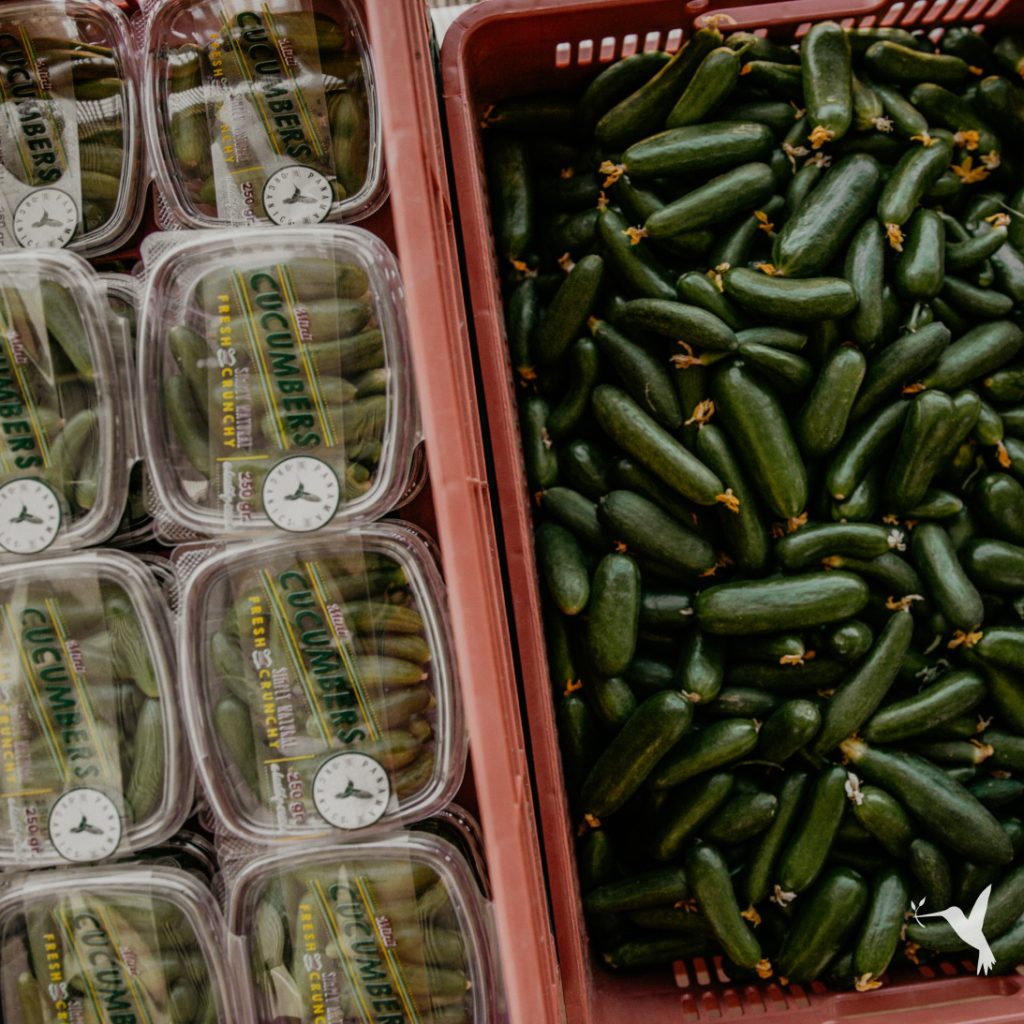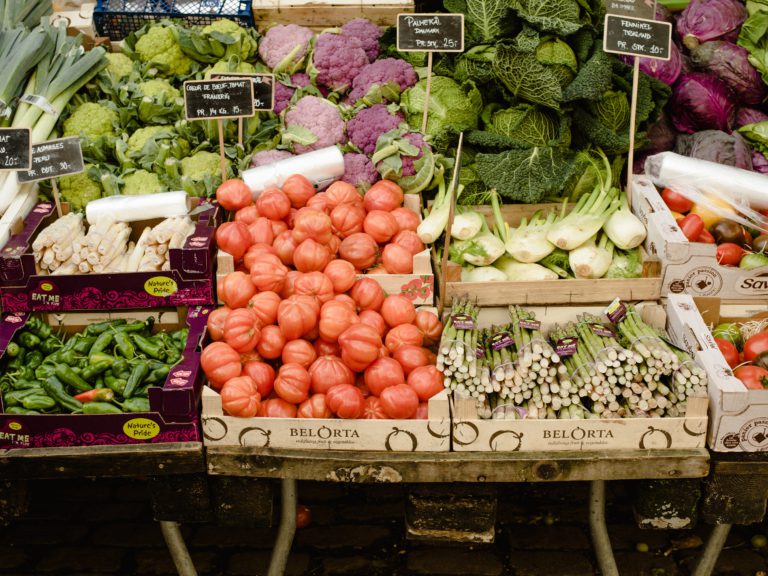Food Crisis & Wasted Harvests During the COVID-19 Pandemic
Supermarkets Empty & Farmers Throwing Out Harvests

Many of us have heard the reports in recent weeks. U.S. farmers are throwing out harvests due to the food service value chain crash. The crops we’ve seen are mostly eggs, milk, meats, vegetables, and fruits. This kind of food crisis during the pandemic is a new phenomena.
It pains me to see farmers invest their time, energy and money into growing their crops, only to throw them into the compost upon harvest because there is no available market. Not to mention the financial risks they assume to grow these crops.
This heartbreaking occurrence is all too familiar for farmers. It demonstrates the fragility of our value chains. Moreover, it highlights the urgent need to integrate new solutions to make our systems more resilient.
Along with the pain of farmers’ economic losses, we feel the frustration of wasting perfectly good harvests when homeless shelters and food kitchens could use it. In fact, they may soon begin to run low on food. Throwing out agricultural products is a widespread phenomenon—in the U.S. and around the world.
How do we solve this problem of food crisis during the pandemic?
First, it must be noted that there are two general categories of supply chain. In the non-commodity “produce” value chains, we have fresh and processed. At Producers Market, we are working on solutions for each channel.
The simpler answer is to create a real-time harvest data capture system that connects into a network of logistic providers and plugs into the buyer networks of added-value processors. With better data systems and market access to processors, farmers without access to a fresh market have a secondary option to sell. Processing options can include freezing, dehydration, freeze-drying, canning, and jarring. Once products are made shelf stable in bulk, they then can be stored and sold later. This allows time for other processors or for packaging as a consumer good for grocery retail markets.

Maybe, this regional infrastructure for processing or packing doesn’t exist. I many emerging and some mature markets it does not. In that case, there is a golden opportunity for entrepreneurs. These can work with government agencies, banks, and upstream market partners to finance and build facilities that can create sustainable jobs, reduce food waste, and support resilient food systems. However, without the digitalization of value chain stakeholders, and real-time access to harvest data, farmers may still suffer considerable unnecessary losses.
Selling outputs into fresh markets is far more complicated. Challenges like perishability and increased food safety concerns come into play. Nonetheless, we feel that an industry-wide digital upgrade focused on digitization and data collection could solve these issues.
Here are some simplified steps we propose to begin establishing an integrated fresh supply chain:
- Register farmers into a digital platform with a GPS location. Farmers report what they are growing and how much they intend to harvest. Once a product is harvested, this data is shared across the network.
- Register packers and processors into the same digital platform with a GPS location. Packers and processors report what products they are available to purchase, along with the volume processing capacities in real-time.
- Register brokers, traders, logistics providers, and other third-party service stakeholders in the system to easily connect farmers with the packers and processors
These issues will not be solved overnight. However, solving these challenges in the future requires a strong commitment today towards incentivizing and funding innovative models, as well as the adoption of digitization across the industry.
Do you want to receive updates on this global situation? We invite you to sign up here.


